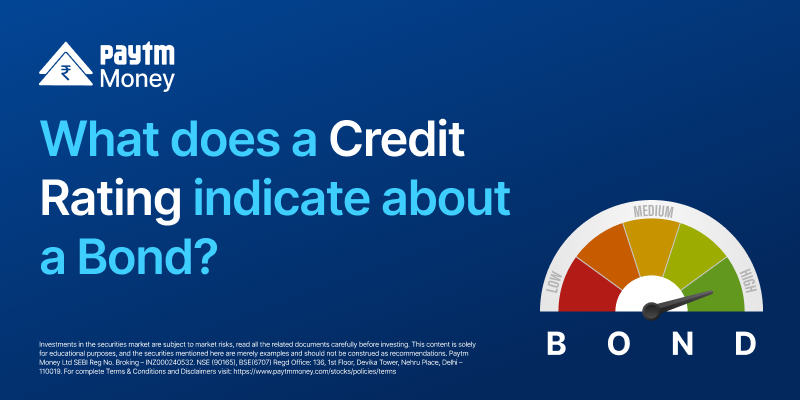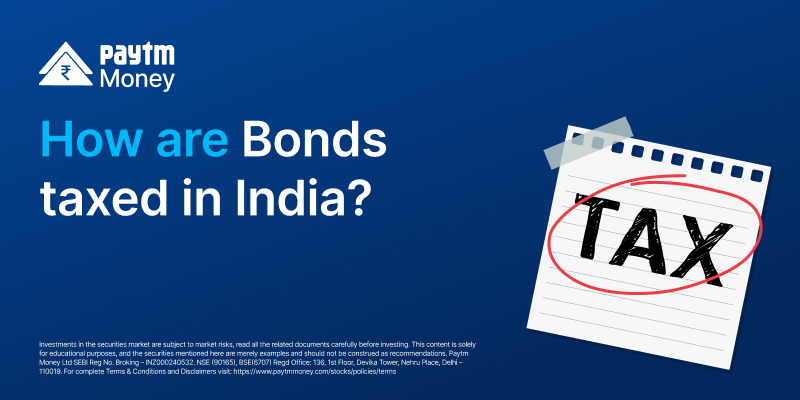7 Things You Need To Know About A Bond Before You Invest3 min read
Investors seeking to diversify their portfolios often consider investing in bonds. While it is true that bonds typically provide higher returns than standard bank fixed deposits (FDs), it is important to note that investing in bonds can be a bit more complex.
Unlike FDs, which are straightforward deposits made by an investor with a bank, bonds represent a loan given by an investor to an entity such as a government, corporation, or municipality. The entity that issues the bond agrees to pay the investor interest on the loan at a predetermined rate, and then return the principal amount upon maturity of the bond.
If you plan to invest in a bond, it is essential to understand it. Here are the key terms that you need to know to understand a bond:
- Issuer: The issuer is the entity that issues the bond, such as a government, corporation, or municipality. When the Government issues bonds, they are generally held to the highest safety standards. Many corporations also keep coming up with bond issues to meet their financial obligations. Corporations also are mainly segregated into two types: Private & PSU. PSUs are corporations partially owned by the government and are considered to be safer than the private corporations
- Face Value: This is the amount of money that the issuer will pay to the bondholder at the end of the tenure. It is also known as the par value or principal or maturity amount.
- Coupon Rate: This is the interest rate that the bond will pay periodically (either annually or semi-annually or quarterly or monthly). It is expressed as a percentage of the face value. For example, if a bond has a face value of Rs. 10,000 and a coupon rate of 8%, it will pay an annual interest of Rs. 800 (8% of Rs. 10,000).
- Maturity/Tenure: This is the date/time period when the bond will expire, and the issuer will pay the face value to the bondholder. Bonds can have different maturity periods, ranging from a few months to several years.
- Credit Rating: This is an assessment of the creditworthiness of the issuer, provided by credit rating agencies such as CRISIL, CARE, and ICRA. A higher credit rating indicates lower credit risk and vice versa. AAA is regarded as the highest Credit Rating that can be offered whereas D is the worst Credit Rating possible.
- Yield to Maturity/Rate: Yield to maturity, or the Rate as we call it, is the total return earned on a bond if it is held until the end of its tenure. It is calculated by taking into account the bond’s current market price, its coupon rate, the face value of the bond, and the tenure remaining.
- Price: This is the current market price of the bond. The price of the bond may fluctuate based on the demand and supply in the market. An increase in price respectively reduces the rate at which the bond is offered in the secondary market and vice versa.
Now that you have understood these key components, you can evaluate the potential returns and risks of investing in a bond. It is important to note that bonds are subject to various risks, including credit risk, interest rate risk, and inflation risk. Therefore, it is advisable to consult with a financial advisor before investing in bonds to determine if it aligns with your investment goals and risk appetite.



